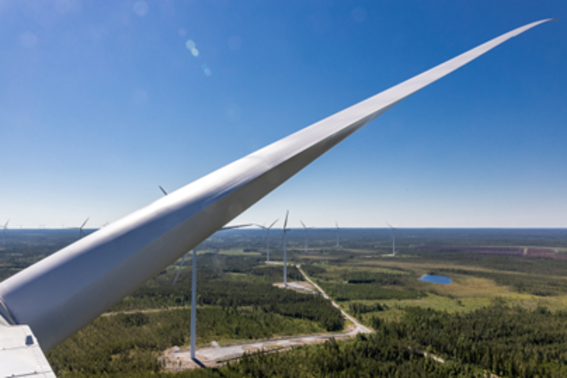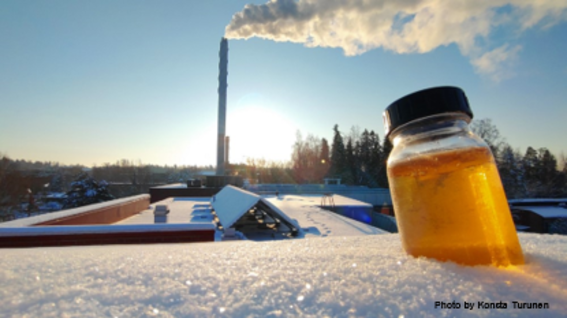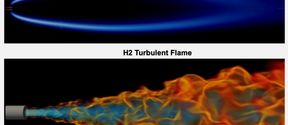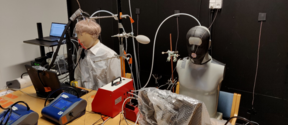Advanced experimental flow and combustion diagnostics
Advanced experimental flow and combustion diagnostics

Information on summer jobs. To be updated.

Our mission is to educate game-changing energy and HVAC engineers and researchers, to support industries and communities in their decarbonization and green energy transition processes, to make world top class research and to actively communicate research findings to general public and focus on active publishing in high quality scientific journals.

Our research group covers the energy value chain, from production by sustainable energy sources, to energy conversion, storage and end use. We have strong focus on energy markets and economics, and their modeling and optimization in dynamic environments.

Impact
Our research team is an internationally recognized front-runner in education and research on sustainable energy solutions and technologies. Our main driver is to aid society and industry in the transformation for a sustainable and carbon neutral future. Our focus is on high-level research that has also practical relevance. We accomplish this by educating future game-changers and with international and national cooperation in research projects.
To meet the requirements from energy industry and society on energy specialists, our research group is also coordinating Aalto’s three master’s programs in energy: Aalto Advanced Energy Solutions (AAE), Innovative Sustainable Energy Engineering (ISEE of Nordic5Tech consortium) and Environomical Pathways for Sustainable Energy Systems (SELECT of EIT Innoenergy). In total, the intake to these is 120-160 students per year. We constantly develop new learning methods, such as Virtual Reality tools in remote locations site visits, and we are also developing hands-on learning experiences in our new Renewable Energy Learning laboratory, RELab.
The main infrastructure in Energy Conversion and Systems


Advanced experimental flow and combustion diagnostics

Our main focus is modelling energy applications with CFD

Modern energy systems research focuses on finding optimal solutions for ensuring a comfortable and healthy indoor environment while minimizing energy use. This is achieved both by utilizing computer simulation and optimization and by conducting experimental research on novel technologies.
In the energy storage team, we work with a large variety of different energy storage technologies to support the transition to renewable energy production.
We focus on large-scale energy systems, integrated assessment models, industrial energy systems and simulation and optimization techniques

We aim to optimize wind turbine technologies, energy system and energy storage couplings, and siting strategies to increase the overall contribution of wind energy to the global energy mix.
We focus on methanol synthesis and hydrogen production.







